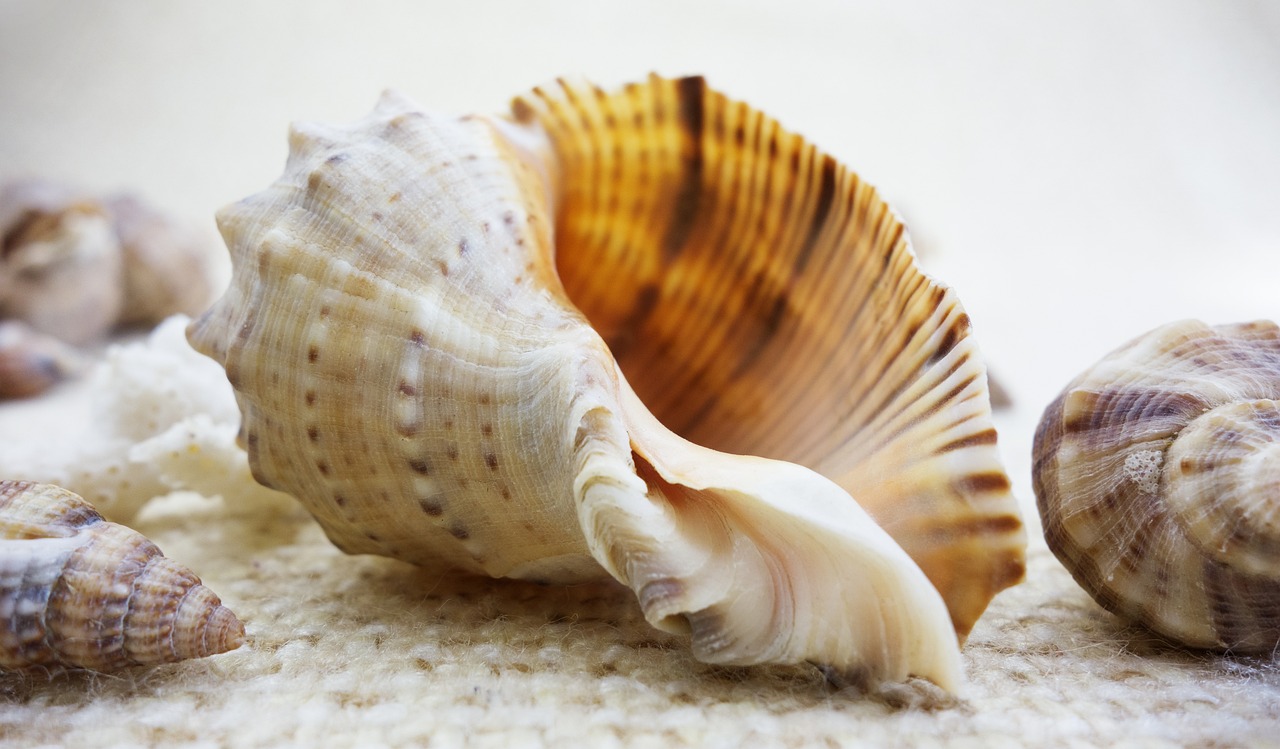Along the vibrant coastline of Maharashtra, India, resides the Koli tribe, a community deeply intertwined with the sea and its bounty. Their lives revolve around the rhythms of the ocean, their traditions shaped by the ebb and flow of the tides. Among these customs stands the unique practice of using a traditional currency called "Kolipat" to facilitate trade and commerce within the tribe.
What is Kolipat?
Kolipat, a term derived from the words "Koli" and "pat" (meaning "money"), is a form of barter currency that has been passed down through generations of the Koli tribe. Traditionally, it existed in the form of seashells, specifically cowrie shells and conch shells. These shells, readily available along the coastline, held significant cultural value and served as a symbol of prosperity and abundance.
The use of Kolipat
The use of Kolipat extended beyond mere monetary transactions; it represented a deep connection to the tribe's maritime heritage and the natural world. The shells, meticulously collected and cleaned, were transformed into meaningful tokens of exchange, fostering a sense of community and mutual support.
How Kolipat enabled a thriving internal economy
In the absence of formalized monetary systems, Kolipat enabled the Koli tribe to engage in a thriving internal economy. Fish, the tribe's primary source of sustenance and livelihood, was traded using Kolipat, as were other essential goods like coconuts, spices, and handicrafts.
The value of Kolipat was determined by the size, shape, and rarity of the shells. Certain shells, particularly those with unique markings or colors, carried greater value and were used for larger transactions. This system, though informal, served the tribe's needs effectively, ensuring a fair and equitable distribution of goods and services.
Evolving nature of Kolipat
Over time, the use of Kolipat has evolved, adapting to the changing economic landscape. While the shells still hold cultural significance, they have been supplemented by modern currencies. Today, the Koli tribe seamlessly integrates Kolipat into their daily transactions, using it alongside cash and other forms of payment.
Testament to the Koli tribe’s ingenuity and resilience
The Koli tribe's traditional currency stands as a testament to their ingenuity and resilience. It demonstrates their ability to create a self-sustaining economic system rooted in their cultural heritage and the natural resources at their disposal. Kolipat, more than just a medium of exchange, embodies the Koli tribe's deep connection to the sea and their enduring traditions.








